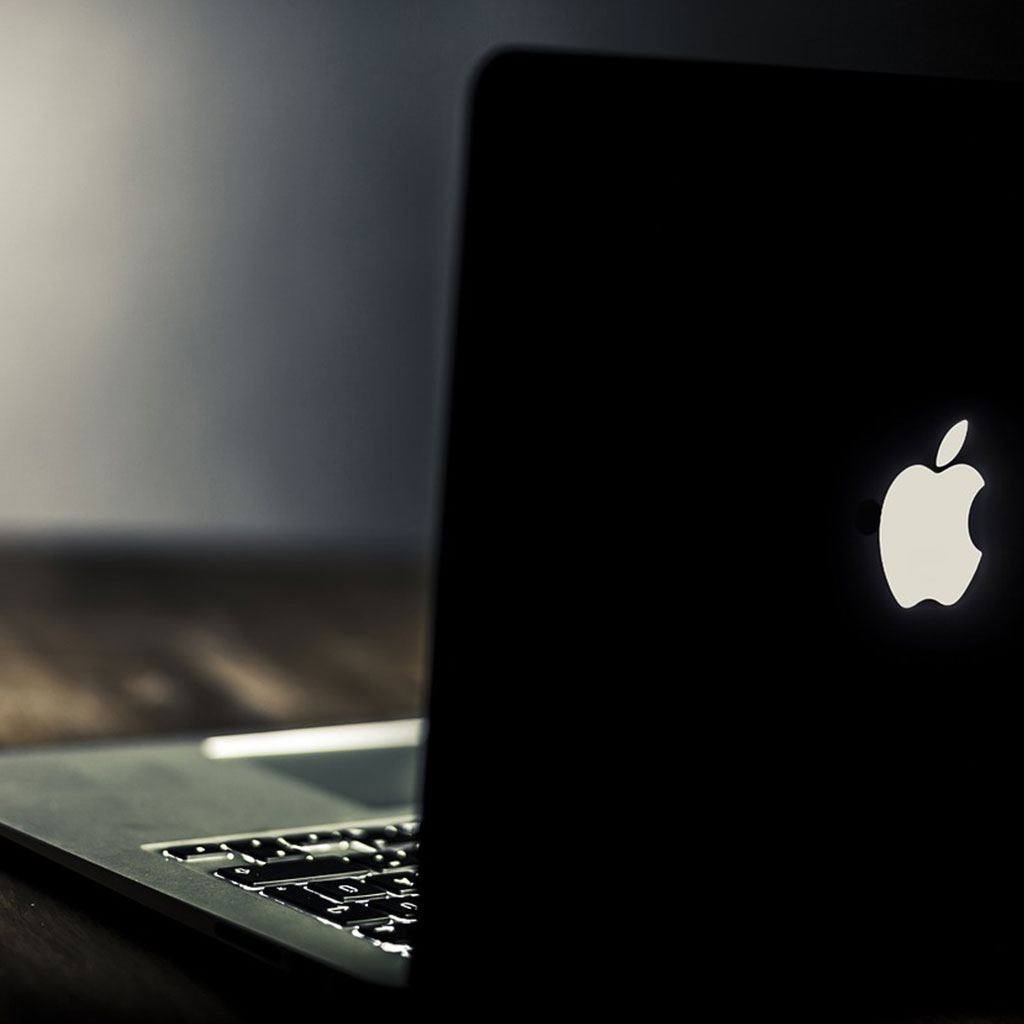How to add widgets on a MacBook
How to add widgets on a MacBook
Discover how to enhance your MacBook’s functionality and streamline your workflow by learning the simple steps to add widgets. This guide will walk you through the process, helping you customize your desktop for optimal productivity.
Unlock the full potential of your MacBook with these widget-adding hacks!
Adding widgets to your MacBook is a fantastic way to personalize your desktop and access important information or perform quick actions with just a glance. Here’s a step-by-step guide on how to do it:
1. Open Notification Center:
- Click on the date and time in the menu bar at the top-right corner of your screen. Alternatively, you can swipe left with two fingers from the right edge of the trackpad.
2. Click on “Edit Widgets”:
- Discover the hidden gem at the bottom of the Notification Center – the “Edit Widgets” button! Click on it.
3. Browse the Widget Gallery:
- The Widget Gallery will open, displaying various widgets you can add. These may include widgets for Calendar, Weather, Notes, Stocks, and more.
4. Choose a Widget:
- Click on a widget you want to add. You can drag and drop it to rearrange the order later.
5. Customize Widget Preferences (Optional):
- Some widgets may have customization options. For example, the Weather widget allows you to choose a location.
6. Rearrange or Remove Widgets:
- To rearrange widgets, click and hold the three lines on the right side of a widget and drag it to your desired position. To remove a widget, click the red “minus” icon.
7. Close the Widget Gallery:
- Once you’ve added and organized your widgets, click “Done” at the bottom-right corner of the Widget Gallery.
8. Access Widgets:
- You can now access your widgets by clicking on the date and time or swiping left with two fingers from the right edge of the trackpad to open the Notification Center.
These widgets provide at-a-glance information and quick access to certain functions, helping you stay organized and productive. Experiment with different widgets to find the combination that works best for you and enjoy the enhanced functionality they bring to your MacBook.
Are there widgets that offer customization options, and how can I access these settings?
Yes, there are widgets on a MacBook that offer customization options to tailor them to your specific preferences and needs. To access these settings, first, click on the date and time in the menu bar at the top-right corner of your screen. Discover the hidden gem of “Edit Widgets” mode! Uncover its magic at the enchanting bottom of the Notification Center. Here, you’ll find a list of widgets on the left side. Some widgets, like the Battery widget, offer customization options. Click on the “Options” button (usually represented by three dots) next to the widget. In the Battery widget’s settings, for instance, you can choose to display the battery status as a percentage, icon, or both. Additionally, certain third-party apps offer desktop widgets with even more extensive customization options. These can range from changing the widget’s size, choosing what information it displays, and setting keyboard shortcuts for quick access.
It’s worth noting that the level of customization available may vary depending on the specific widget and whether it’s a default macOS widget or a third-party app widget. While some widgets offer options for personalization, others may have fixed display settings. By exploring the customization options available, users can tailor their widgets to provide the information and functionality they find most valuable, enhancing their desktop experience.
How do I exit the “Edit Widgets” mode once I’ve made the desired changes?
Exiting the “Edit Widgets” mode on your MacBook is a straightforward process. Once you’ve made the desired changes to your desktop widgets, you can simply click on any empty space in the Notification Center or click on the date and time in the menu bar at the top-right corner of your screen. This action will automatically save the changes you’ve made and exit the editing mode, returning you to your standard desktop view with the updated widget configurations in place. If you’ve adjusted widget settings like widget size, chosen specific widgets from the list, or customized third-party app widgets, those changes will now be reflected on your desktop.
It’s important to note that the Notification Center provides a dynamic and convenient way to manage and personalize your widgets. Whether you’re customizing the battery status widget for quick access to power information or adjusting the size and placement of widgets for optimal visibility, the process is intuitive. Additionally, for users who prefer efficiency in their workflow, incorporating keyboard shortcuts can further enhance the experience of managing and accessing desktop widgets. This feature allows for swift navigation between widgets, streamlining the process of accessing the information you need at a glance.





You must be logged in to post a comment.